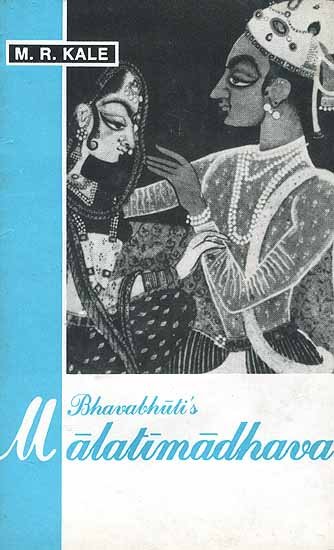Malatimadhava (study)
by Jintu Moni Dutta | 2017 | 52,468 words | ISBN-10: 8120813057 | ISBN-13: 9788120813052
This page relates ‘Position of Women in ancient India’ from the English study on the Malatimadhava of Bhavabhuti:—A Prakarana type of Drama in ten acts revolving around the love-story of Malati (from Padmāvatī) and Madhava (from Vidarbha). This study discusses the history of its author and the literary, social, religious, historical and cultural aspects of the Malatimadhava.
Part 3.1 - Position of Women in ancient India
The position of women in a society is an accurate index of the development of that society. Many societies boast that position of women in their respective societies has been respectable, dignified or high but women suffer from one kind of discrimination or other everywhere and every time. It is true that the progress of a country can be gauged to a great extent by the advancement in the status of its womenfolk, as they form the vital part of the society. To understand the spirit of a civilization and to appreciate its excellences and to visualise its limitations is to study the history of the position and status of women. Women’s role and function in society were largely dependent on that of men in realistic terms in majority of cultures. It is the sum of differences between status of men and of women which gives one an idea that women have a distinctive position in society. The position of women represents a coherent structure in which all the elements viz., role in the family, society, economic role, sphere of activity etc are integrated.[1]
During Vedic period the status of women was equal to that of men and women had social, economic and educational freedom. The women during this period enjoyed a sense of security. Besides having religious freedom, women had freedom to do anything according to their wish. The women in the Vedic period, it is observed, had equal status with men and independence in action.[2]
During the period of the Smṛtis, the period of codification of social laws, women were bracketed with the Śūdras and were denied the right to study the Vedas, to utter Vedic mantras and to perform Vedic rites. Hence during such an age marriage or domestic life became compulsory for women and unquestioning. Devotion to and self-effacing service of husband were their only duty.119
In the Rāmāyaṇa, the highest manifestation of domestic perfection is found in the inimitable personality of Sītā, the idol of Indian womanhood throughout the ages. The Mahābhārata too is resplendent with a galaxy of great women fulfilling their destinies, persuing their ideals and attaining their ends in different spheres of life in a manner at once simple and superb. As a glorious example of brahmavādinī during that age, mention may be made of Sulabhā of immortal fame.[3] She belonged to the clan of Rājarṣi i.e. kingly sage Pradhāna. But she being a great scholar, no suitable bridegroom could be found for her. Accordingly she became an ascetic for life and roamed about alone from place to place in search of knowledge. Another celebrated brahmavādinī of the Mahābhārata was the daughter of Śāṇḍilya. She has been described as a brāhmaṇṇī who had attained perfection, who had adopted the vow of celibacy and purity, who practised Yoga, who had reached heaven, who had attained perfection in austerity and who was an ascetic.[4] Thus, there were found numerous highly learned, ascetic women in the Mahābhārata.
There are many civilization in the world where respect for women and their role in society were prominent. Throughout many years of Vedic culture, women have always been given the highest level of respect and freedom, but also protection and safety.[5] In this respect Manu states that -where women are honoured, there the gods are pleased but where they are not honoured, no sacred rite yields rewards. Where female relation live in grief, the family wholly perishes but that family where they are not unhappy ever prospers. The houses in which female relations not being duly honoured pronounce a curse, perish completely as if destroyed by magic. Hence men who seek their own welfare, should always honour women on holiday and festivals with gifts of ornaments, clothes and food.[6]
Position of Women in the Mālatīmādhava:
In this chapter it is intended to trace a picture of women as to how women were treated, what kind of freedom they availed and what was their position in society during 8th century A.D.
Footnotes and references:
[2]:
[3]:
Mahābhārata, XII.320
[4]:
Ibid., IX.54.6
[5]:
Knapp,Stephan, Women in Vedic Culture, http:/ www.stephen-knapp.com
